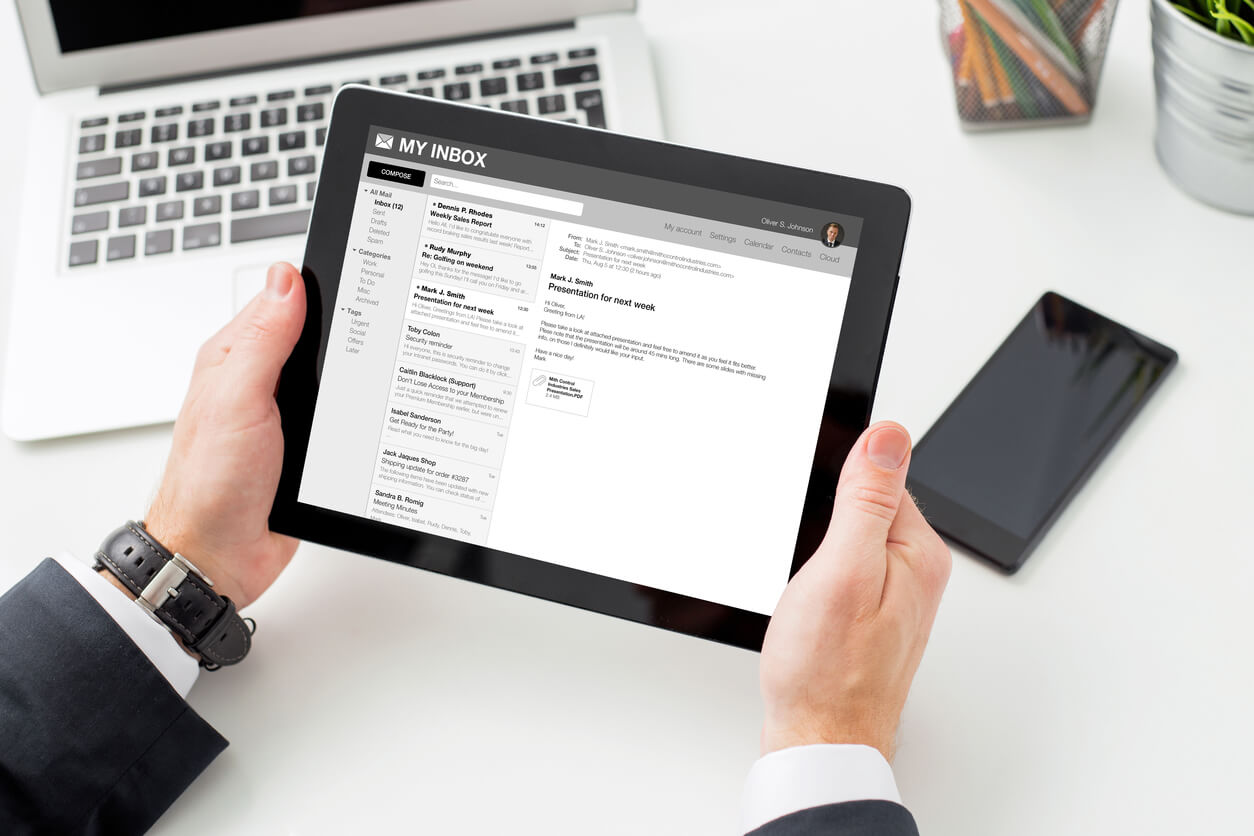Six Tips for Addressing Email Overload in Your Sales Organization
- Although email is a critical communication tool, it can often contribute to information overload
- Using email effectively improves the exchange of ideas and information
- To improve your email style, prioritize information that’s important and helpful to your audience
One of the benefits of SiriusDecisions’ Sales Operations Strategies service is our annual sales activity study. Over the course of a week, we collect data on how your sales reps spend their time, and solicit their feedback on time sinks and areas for improvement. Consistently at or near the top of the list of rep complaints is the amount of time spent on internal email and communications. I think this is true for pretty much everyone in business today – not just sales reps.
I recently discussed the topic with Elena Torres, VP of Global Sales Operations at Baker Hughes, a GE company. Elena – who is responsible for the global digital sales organization – shared her guidelines for dealing with internal email that others could adopt:
 “These principles start with the understanding that people are busy, and their time is important. We’re all inundated with multiple forms of communications barraging our inboxes, mobile phones, newsfeeds and social media. Don’t assume the worst if you get nothing back or don’t get a response right away. Start with the assumption that the other person may be just as busy as you and try to hone your communication so you make it easy for people to respond.”
“These principles start with the understanding that people are busy, and their time is important. We’re all inundated with multiple forms of communications barraging our inboxes, mobile phones, newsfeeds and social media. Don’t assume the worst if you get nothing back or don’t get a response right away. Start with the assumption that the other person may be just as busy as you and try to hone your communication so you make it easy for people to respond.”
Here are the six guidelines in detail:
- Before hitting “send,” take a moment to think about why your recipients will care about this email or topic. Is this topic important to them – and if so, why?
- Don’t just forward an email and expect the recipient to figure out why you sent it, especially if you are asking for a response or assistance. Preface it with a couple of bullets that explain why it was important enough to forward or what help you need. Use the subject line to describe the action required, along with its deadline and owner (e.g. “ACTION Steve: Follow up to schedule meeting. Due Monday COB”). This makes it easy to distinguish between an email that contains an action and one that is just informational. You can then add information lets the recipient know the details of the action item and its due date. Also, don’t label everything “urgent.” If everything is urgent, then nothing is.
- Don’t use email to transfer or offload your own tasks, responsibilities or action items to someone else. That’s just a way to avoid ownership and accountability.
- Realize that if you don’t get the timely response you expect, the recipient may have other priorities. If it’s that important, pick up the phone.
- If you’ve gone back and forth twice or more and you still sense a lack of consensus or clarity, pick up the phone.
- If emails are becoming contentious, pick up the phone. Your tone in an email can be easily misconstrued.
In addition to Elena’s guidelines, one more that I got from fellow SiriusDecisions analysts:
Think before you hit “reply all.” Then think again. Does everyone who’s copied on the email really need to see the response?
When used appropriately, email can be a valuable part of your communications portfolio. Use Elena’s guidelines to make sure you’re part of the solution to overloaded inboxes, not part of the problem.
